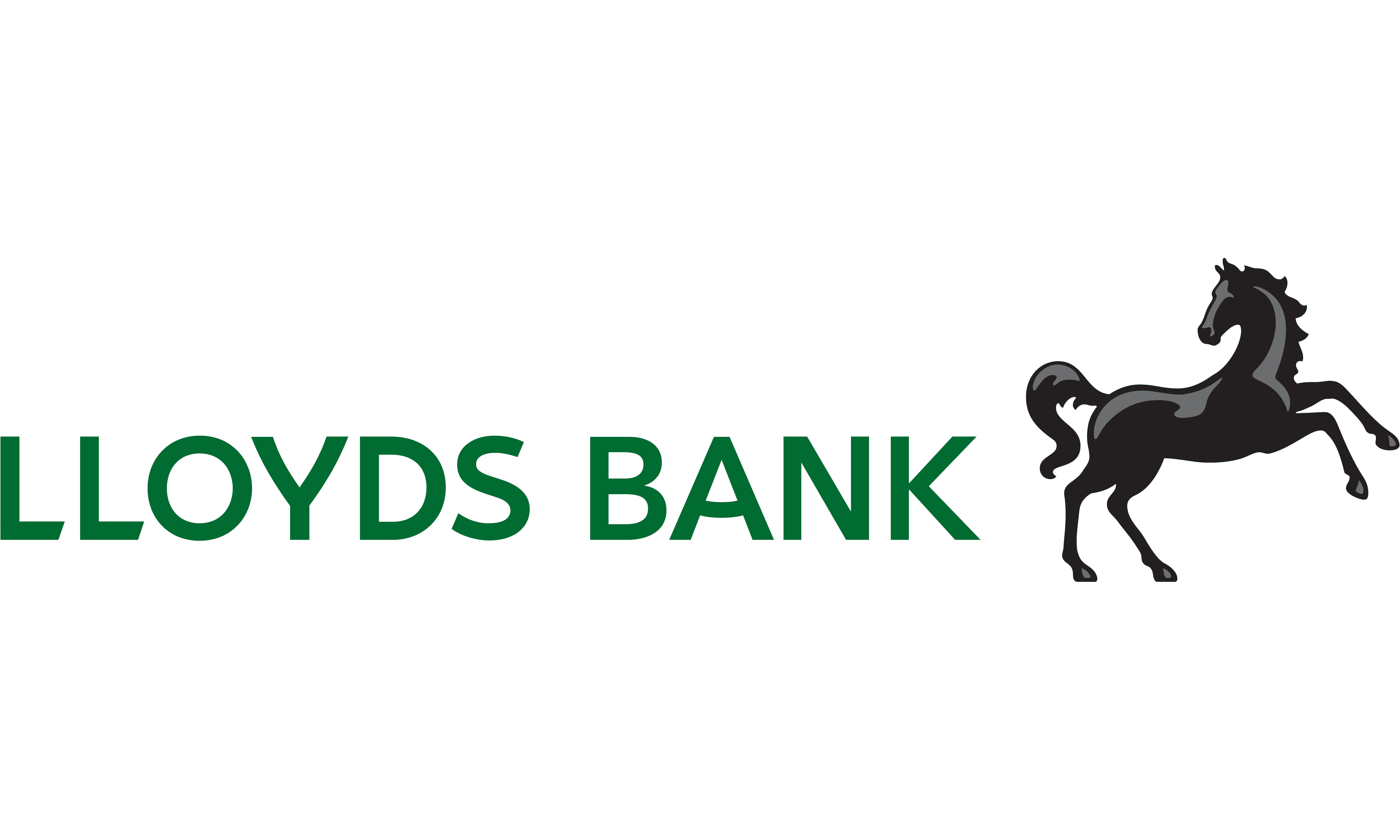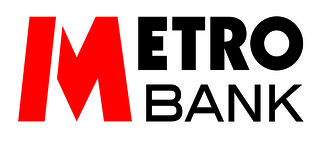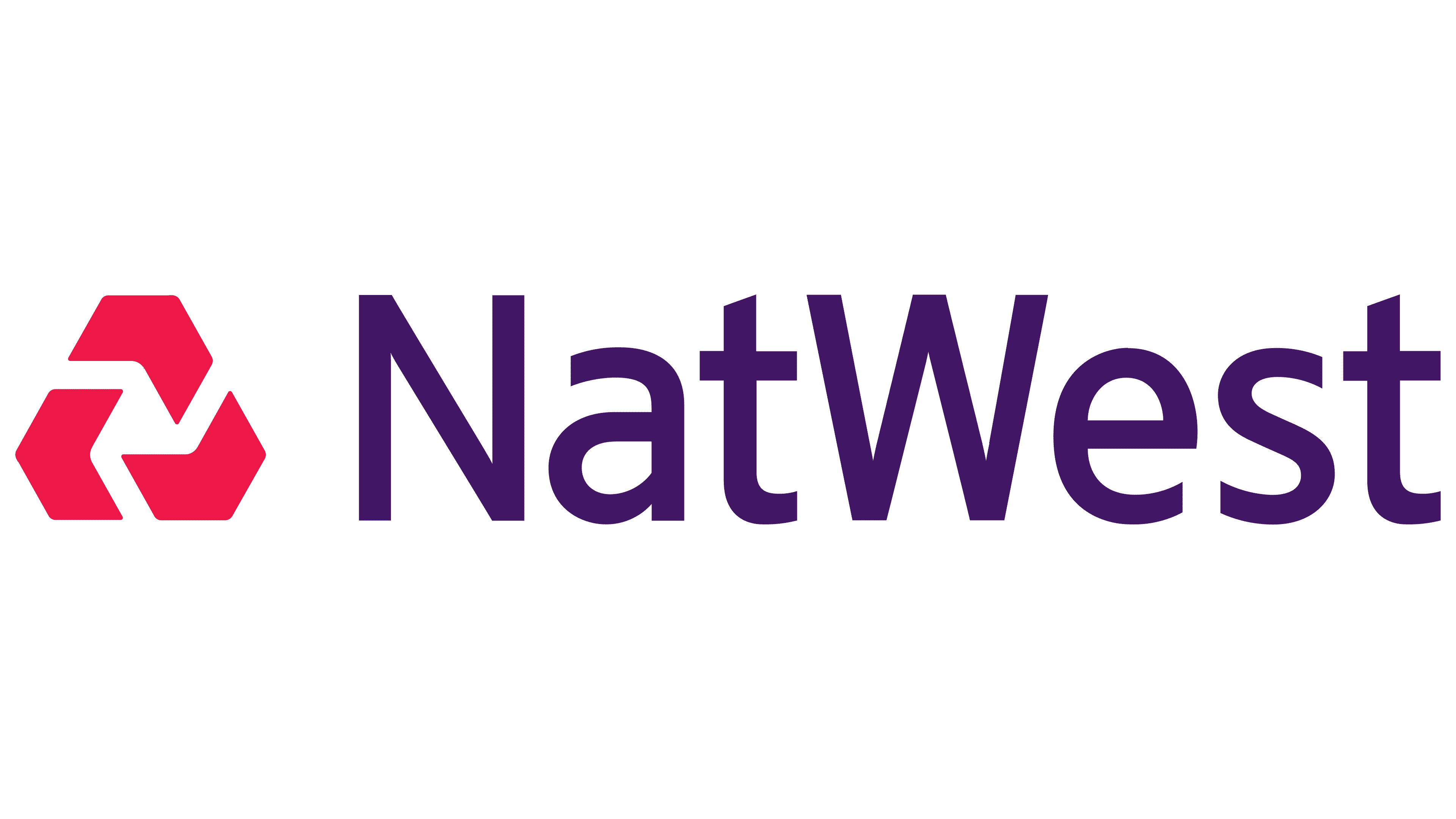Check if you qualify for a Bridging Loan in 30 seconds
Free, no obligation quote
Find a Business Loan from £10k to £500k
Are you a business owner?
Free, no obligation quote
Find a Business Loan from £10k to £500k
- Borrow between £10,000 and 500,000
- Apply online in 2 Minutes
- Repayment spread over 3 months
Lender Panel




Business Loans Compare
It's as easy as 1-2-3
Its quick and simple to compare Business Loans with us
Fill out the quick form
Talk to a friendly advisor about your needs and your eligibility checked
Various lenders compared and the options are put forward to you

What is a Bridging Loan?
A bridging loan is a type of short-term property financing, typically lasting between 12 and 18 months. While similar to a standard mortgage, bridging loans are intended for short-term use rather than long-term property financing.
These loans are often used to bridge the gap between property transactions, such as purchasing a new property before selling your current one, or buying and renovating a property before refinancing with a standard mortgage. Bridging loans are highly versatile, offering flexibility in both complex and simple situations.
They're also much faster to secure compared to traditional mortgages.
For real-life examples of how bridging loans work, take a look at our case studies.
How Bridging Loan Costs Are Calculated?
Loan to Value (LTV)
The loan-to-value ratio is the amount borrowed in relation to the value of the property. Generally, the lower the LTV, the lower the interest rate. If your bridging loan is secured on multiple properties, combining their values may reduce your LTV and overall loan costs.
Property Location
Lenders may charge higher interest rates for properties in more remote areas of the UK, such as in northern Scotland or Northern Ireland. These areas can pose higher risks for lenders, particularly in terms of securing an exit for the bridging finance.
Regulated or Unregulated Loans
If the property is for personal use, the loan will be regulated by the Financial Conduct Authority (FCA). Regulated lending tends to have fewer lenders, but the rates for LTVs under 60% are currently some of the lowest available.
Lender Fees
Bridging lenders usually charge a facility arrangement fee, often 2% of the loan amount. This fee is typically calculated on the net loan. Additional charges may include a loan drawdown fee of around £295 and a redemption fee of approximately £120, which covers the cost of removing the legal charge once the loan is paid off.
Legal Costs
Just like a standard mortgage, a bridging loan requires legal paperwork to complete the transaction. Both the lender and the borrower will need solicitors, and costs will vary depending on the complexity of the deal. Some lenders may offer dual representation, which can reduce the overall cost.
Survey Fees
Lenders will often require an independent valuation of the property to assess its value as collateral. The cost of the survey depends on the lender, but some may offer quicker and cheaper "desktop valuations" for properties valued under £1 million.
Broker Fees
We charge a broker fee of £495 for arranging the finance on your behalf.
Loan Exit Fees
Most of our lenders do not charge exit fees. If they are applied, they typically range from 1% to 2% of the loan amount, and are usually only relevant for higher-risk lending.
What Are the Criteria for a Bridging Loan?
The criteria for a bridging loan depend on whether the loan is regulated or unregulated. Non-Regulated Bridging Loan Criteria
- Max LTV: 80% LTV for residential properties, 70% for commercial properties (100% LTV in rare cases)
- Loan Term: 1 to 24 months
- Minimum Loan Size: £50,000
- Interest: 0.55% per month, can be rolled, retained, or serviced
- Borrower Types: Individuals, sole traders, LLPs, partnerships, Ltd companies
- Security Types: Residential, commercial, and semi-commercial properties (1st & 2nd charge)
- Funding: New builds, refurbishments, conversions, listed buildings, and development projects
- Funding: New builds, refurbishments, conversions, listed buildings, and development projects
- Planning Permission: Case-by-case
- Max LTV: 75% LTV for residential properties
- Loan Term: 1 to 12 months
- Minimum Loan Size: £50,000
- Interest: 0.55% per month, can be rolled, retained, or serviced
- Borrower Types: Individuals, sole traders, LLPs, partnerships, Ltd companies
- Security Types: Residential properties (1st & 2nd charge)
- Funding: New builds, refurbishments, conversions, listed buildings
- Planning Permission: Case-by-case
How to Reduce the Cost of Bridge Finance?
If you're buying a property before selling your existing one, you may be able to reduce the cost of your bridging loan by securing it against both properties in the transaction. By doing so, your LTV may be reduced, lowering the overall cost of the loan.If the property you're using as collateral has an outstanding mortgage, this will be factored into the LTV calculation, which could affect your loan options and interest rate.
Understanding Bridging Loan/Finance Terminology
Understanding Your Results
Lender Facility Fee: This is the fee charged by the lender, usually calculated as a percentage of your loan amount.
Gross Bridging Loan: This is the total loan amount, which includes both the original loan and any lender fees.
Interest Rate: This is the monthly interest rate applied to your loan. Monthly Interest: This is the amount of interest you'll pay each month. Keep in mind, with a bridging loan, if you repay early, interest stops accumulating from the day you settle the loan.
Total Interest: This is the total interest you will pay over the entire term of the loan, assuming it is not repaid early.
Gross Loan + Rolled-up Interest: This is the total amount of the loan, including both the original loan sum and any interest that has been added to the loan balance.
Loan to Value (LTV): This is the ratio of the loan amount to the property's total value, expressed as a percentage.
How is Bridging Loan Interest Calculated?
The main difference between bridging loan interest and standard mortgage interest is that bridging loans use a monthly interest rate, as the loan term is typically between 12 and 18 months. Interest is paid on the balance each month. The advantage of bridging loans is that you typically only pay interest for the duration of the loan. For example, if you repay the loan within 6 months, you will only pay interest for those 6 months, even if the original term was 12 months.
We also work with lenders who allow the option to roll up interest, meaning you don't have to make monthly interest payments. This can be especially helpful for cash flow if you're using the loan to finance property renovations. In such cases, the interest is added to your loan balance each month and paid off as a lump sum at the end of the term. Upon repayment, your final payment will include both the original capital and the accrued interest.
